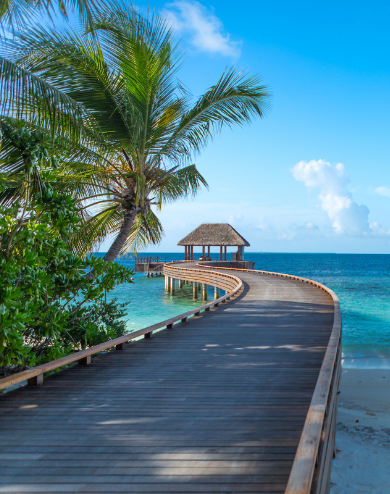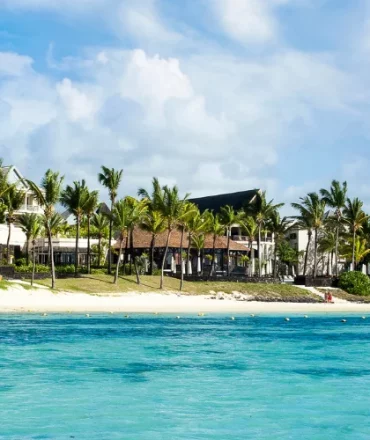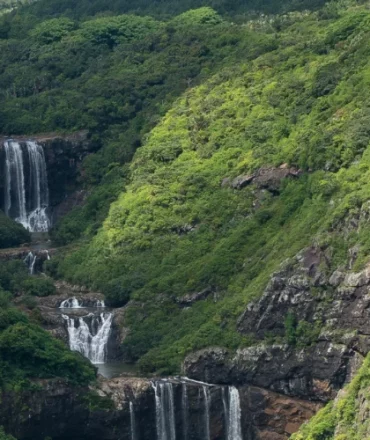Mauritius (/məˈrɪʃ(i)əs, mɔːˈ-/ (![]()
![]()
![]()
![]()
![]()
![]()
Arab sailors were the first to discover the uninhabited island, around 975, and they called it Dina Arobi.[12][13] The earliest confirmed discovery was in 1507 by Portuguese sailors, who otherwise took little interest in the islands. The Dutch took possession in 1598, establishing a succession of short-lived settlements over a period of about 120 years, before abandoning their efforts in 1710. France took control in 1715, renaming it Isle de France. In 1810, the island was seized by Great Britain, and four years later France ceded Mauritius and its dependencies to Britain. As a British colony, Mauritius included Rodrigues, Agaléga, St. Brandon, Tromelin, the Chagos Archipelago, and, until 1906, the Seychelles.[9][14] Sovereignty over Tromelin is disputed between Mauritius and France, as it was not specifically mentioned in the Treaty of Paris.[15] Mauritius remained a primarily plantation-based colony of the United Kingdom until independence in 1968.
In 1965, three years before Mauritius became independent, the UK split off the Chagos Archipelago from Mauritian territory, and also split off the islands of Aldabra, Farquhar, and Desroches from the Seychelles, to form the British Indian Ocean Territory (BIOT).[16] The local population was forcibly expelled and the largest island, Diego Garcia, was leased to the United States. The UK has restricted access to the Chagos Archipelago, barring entry to casual tourists, the media, and former inhabitants.[17] The sovereignty of the Chagos is disputed between Mauritius and the UK. In February 2019, the International Court of Justice issued an advisory opinion ordering the UK to return the Chagos Islands to Mauritius as rapidly as possible to complete the decolonisation .



